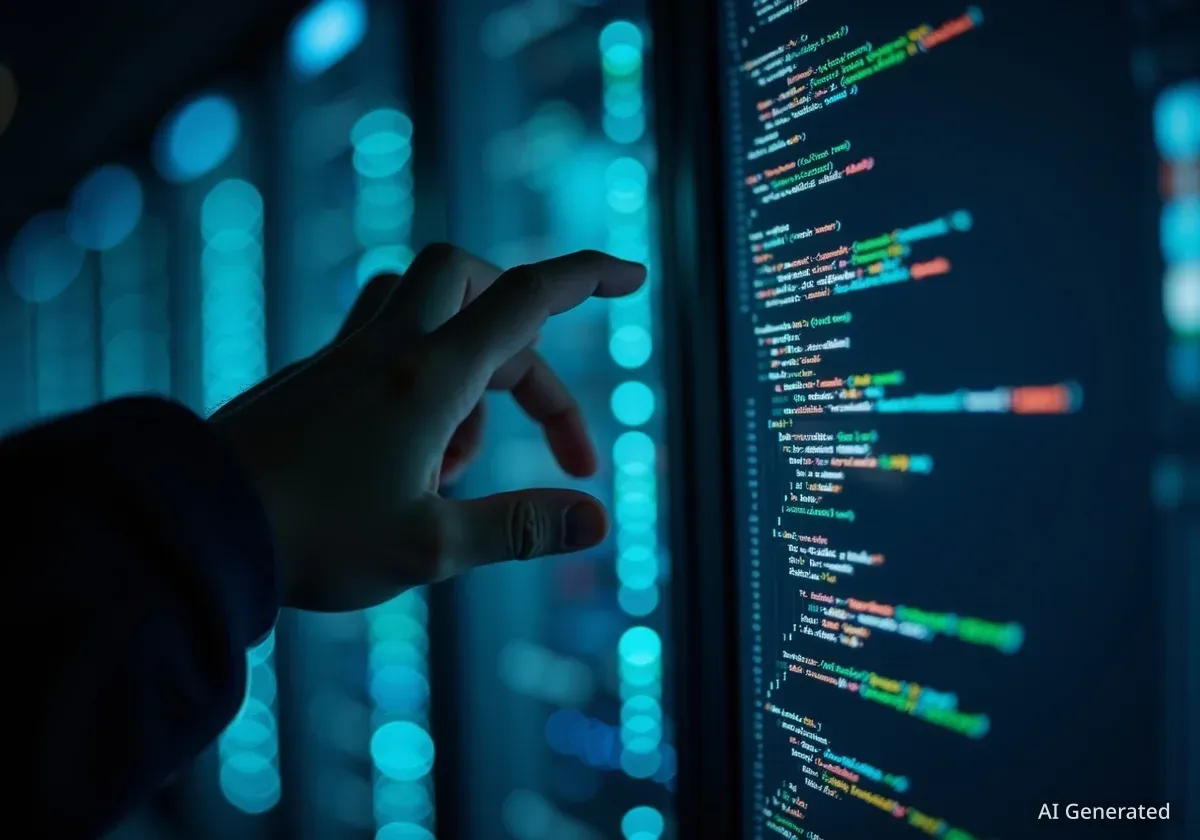OpenAI, the company behind ChatGPT and the video generator Sora, is now working on a new tool capable of creating music from text and audio prompts. This development signals the company's expansion into another major area of generative artificial intelligence, positioning it to compete with existing music AI platforms.
The new model is being designed with practical applications in mind. Sources familiar with the project suggest it could be used to generate soundtracks for videos or even add instrumental accompaniment to an existing vocal track. This move follows the company's established pattern of tackling complex creative domains, from text and code to images and video.
Key Takeaways
- OpenAI is actively developing a new generative AI tool for music creation.
- The technology will reportedly generate music based on both text descriptions and existing audio clips.
- Potential uses include creating soundtracks for videos made with tools like Sora or adding instrumental layers to songs.
- The company is collaborating with music students to annotate scores for training data.
- This development places OpenAI in direct competition with other generative music platforms like Google's Lyria and Suno.
A New Frontier in Generative AI
OpenAI's foray into music generation represents a significant step in its mission to build advanced artificial intelligence. While the company has explored audio models before, primarily for speech-to-text and text-to-speech functions, this new project is focused squarely on the complex and creative field of music composition.
The tool is expected to function similarly to other generative models. A user could, for example, type a prompt like "a relaxing acoustic guitar melody for a sunset video" and receive a custom-generated audio file. Another potential feature involves using audio as a prompt, allowing a user to upload a vocal recording and have the AI generate a complete backing track with instruments like guitar, bass, and drums.
This capability could have a profound impact on content creators, musicians, and filmmakers. The ability to quickly generate royalty-free background music for videos or brainstorm musical ideas could streamline creative workflows and lower production costs.
From Text to Video to Music
OpenAI's product evolution shows a clear progression through different media types. The journey began with text (GPT models), moved to images (DALL-E), advanced to video (Sora), and now appears to be targeting audio and music as the next major domain for its generative technology.
Training and Development
Building a sophisticated music model requires vast amounts of high-quality data. To this end, OpenAI has reportedly enlisted students from the prestigious Juilliard School to assist in the training process. These students are said to be annotating musical scores, which helps the AI understand the intricate relationships between notation, harmony, melody, and rhythm.
This method of using expert human annotators is a common strategy in machine learning to ensure the training data is accurate and well-structured. By leveraging the expertise of trained musicians, OpenAI aims to create a model that can generate music that is not only technically correct but also emotionally resonant and stylistically coherent.
It remains unclear when OpenAI plans to release this music generation tool. There is also no official information on whether it will be a standalone product, integrated into ChatGPT, or offered as a feature within its video generation app, Sora. The latter seems particularly plausible, as a built-in music generator would be a powerful companion for a tool designed to create silent video clips.
The Competitive Landscape
OpenAI is not the first major tech company to enter the generative music space. The field is becoming increasingly crowded, with several key players already offering powerful tools to the public.
Who Are the Competitors?
The main competitors in the AI music generation market include:
- Google: The company has developed several music models, including Lyria, which powers some of its YouTube features.
- Suno: A startup that has gained significant popularity for its user-friendly platform that can generate songs, complete with vocals, from simple text prompts.
- Udio: Another prominent startup in the space, known for producing high-quality musical outputs.
These existing platforms have already demonstrated the remarkable potential of AI in music. They can create everything from short instrumental loops to full-length songs in a variety of genres. OpenAI's entry into this market will undoubtedly intensify competition and likely accelerate the pace of innovation.
The key differentiator for OpenAI could be its ability to integrate a music tool seamlessly into its existing ecosystem. The prospect of a single platform where a user can generate a script, create a video, and compose a soundtrack using a suite of interconnected AI models is a compelling vision for the future of digital content creation.
"The ability to add a guitar accompaniment to an existing vocal track or create a full score for a video could fundamentally change how creators work."
As development continues, the creative community will be watching closely. The potential for such a tool to democratize music production is immense, but it also raises important questions about copyright, the value of human artistry, and the future of the music industry. For now, OpenAI's project remains an ambitious endeavor that could soon add a new dimension to the rapidly evolving world of artificial intelligence.





